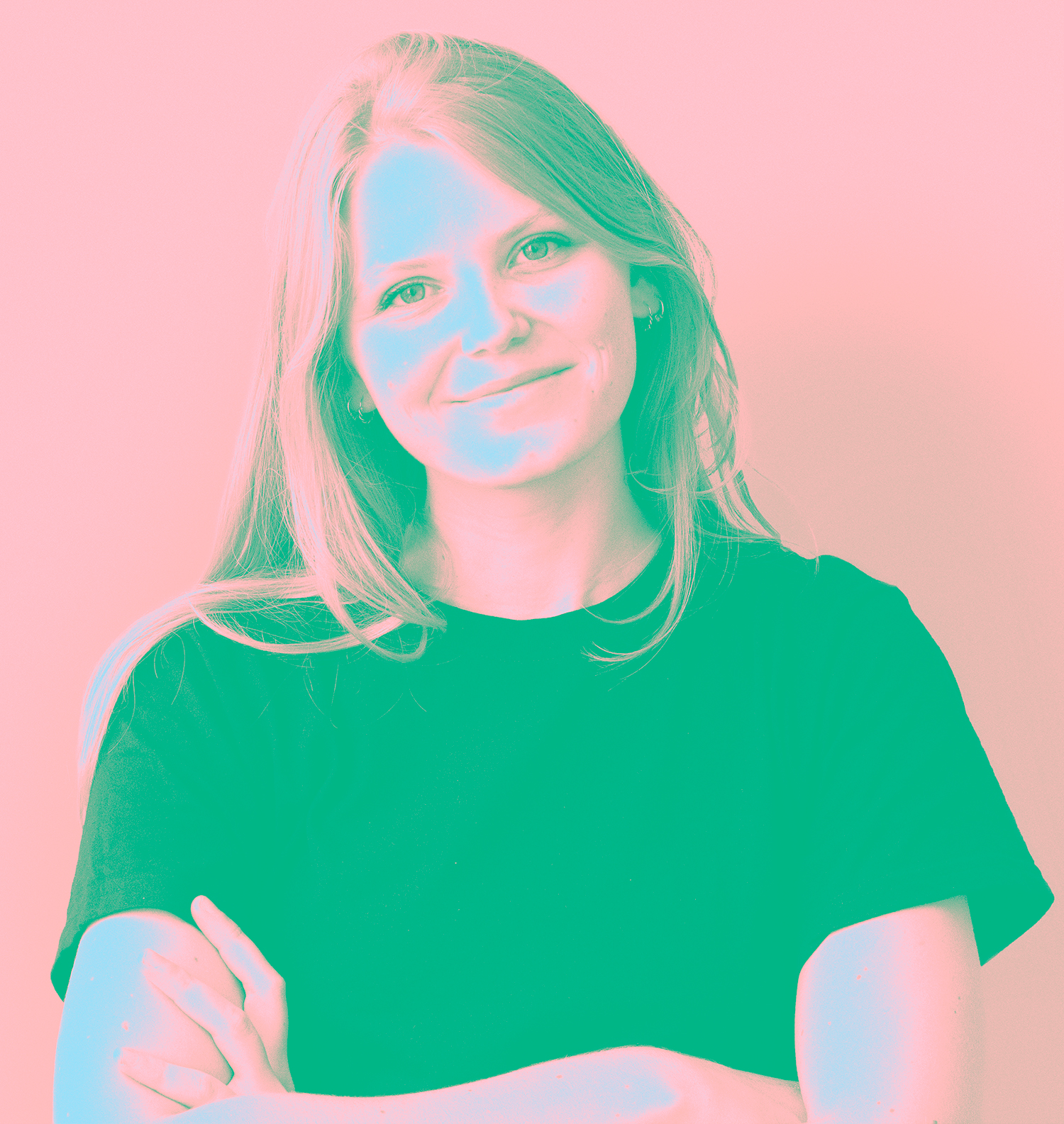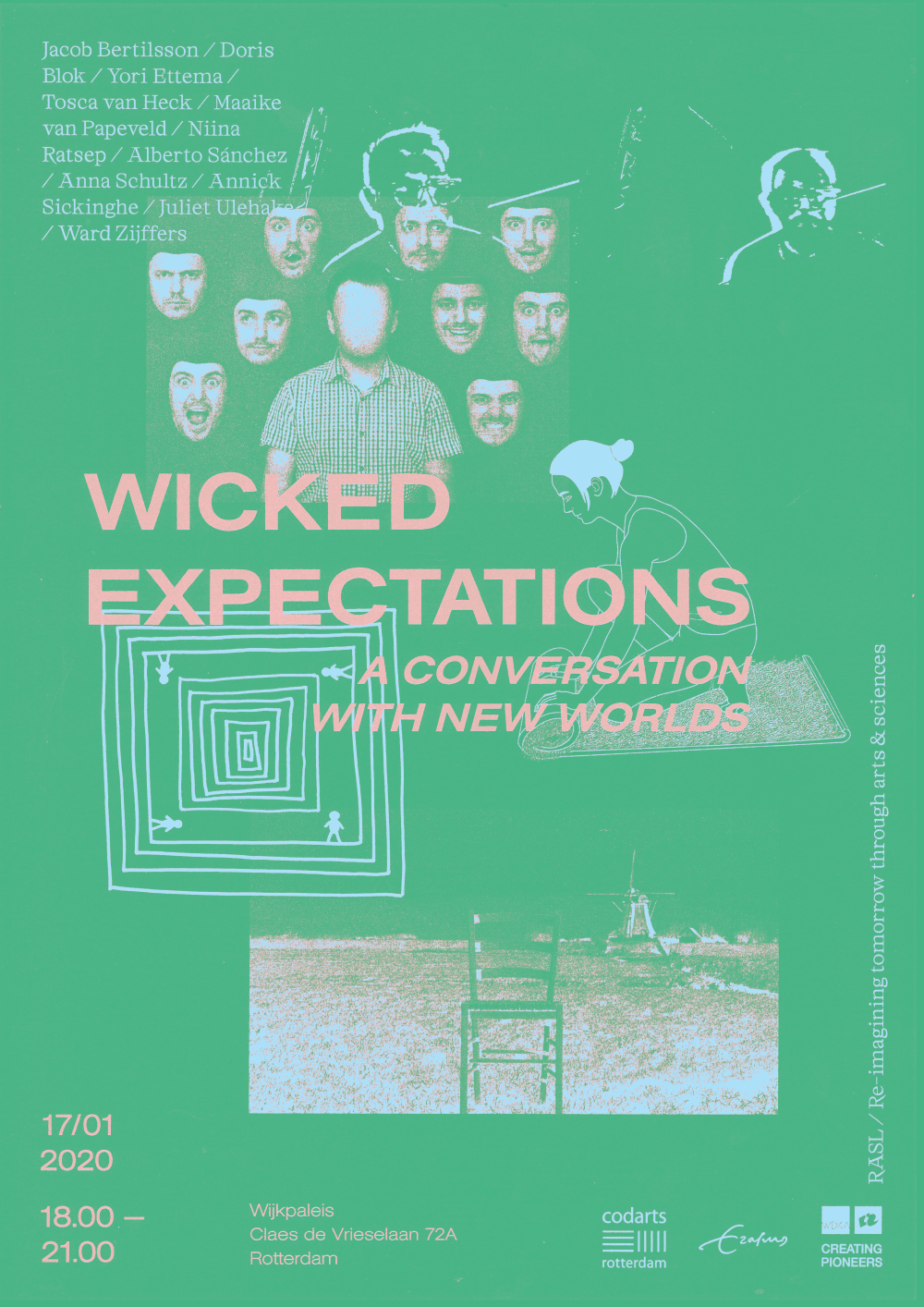MAAIKE VAN PAPEVELD

Willem de Kooning’s Product Design alumna MAAIKE VAN PAPEVELD participated in the RASL minor Re-imagining tomorrow through Arts and Sciences in the academic year of 2019-2020. As a designer, she is interested in developing new (design) methodologies through which to address complex social issues.
![]()
Why did you choose this minor?
This minor was the perfect continuation of my personal learning process that started somewhere in the second year of my studies. After I realised that design actually contributes to some of the world’s biggest problems, I tried to find ways to make a positive contribution to the world with my work as a designer. I tried different approaches, such as sustainable design, social design and speculative design, and wrote a reflection piece on critical design. At that time, I was also quite intrigued by Rittel and Webber’s essay on wicked problems and was very inspired by their speculations on the potential of transdisciplinary collaboration for solving these types of issues. And that’s when—as by an almost magical coincidence—I received an email about this new minor.
How did you experience the minor and collaborating across disciplines?
It was possibly the hardest thing I did throughout my studies—even harder than my graduation project. Don’t get me wrong, if I could go back in time, I would definitely choose this minor again. But collaborating with a group of people with such different backgrounds was a real challenge. However, it did teach me a lot about myself as a practitioner.
How did this minor complement your major?
The Product Design major, at least how I experienced it, is quite result-driven. Research is encouraged but the transition from research to designing a final product seems most important. During the minor I was inspired by Donna Haraway’s Staying with the Trouble, an approach that helped me work through, and embrace, the complexity of wicked problems, accepting that I cannot solve any problem with just one project. I then started seeing my work as a process, and with each project, I move one step closer in the direction I want to go. I no longer see research and practice as two separate things, but rather as actions that feed each other with new information. Now I see how end products can come out of this process, but I believe the process never ends there—these end products will inevitably lead to new insights and reflections, and possibly to next steps. This realisation helped me position myself within the discipline of Product Design.
How did the teaching style (e.g. workshops, lectures) of the minor differ from that of your major?
The two are really quite different. What impressed me most was the non-hierarchical way of working closely together with the tutor team and the fact that we were given our own workspace at the Wijkpaleis where the teachers visited us as ‘guests’. The diverse and informal nature of the workshops surprised me as well, but then again, I am used to art education…
Did this teaching style change your ideas about what constitutes a ‘good education’?
Yes, it did for sure! I clearly remember, after the minor, returning to my classes at Product Design, which is a very formal department, and thinking that the differences in teaching style were incredibly stark. Throughout the minor I came to see teachers and students as fellow humans—all equipped with their expertise, skills and experiences but still equal to each other—rather than professionals with different statuses. And considering that, it was suddenly pretty strange to go back to a strict vertical hierarchy. I believe both styles are valid, but I must say the non-hierarchical approach seemed to work way better for me and has given me so much more.
What were your most valuable learning experiences and how did they translate into your current practice as a designer?
First of all, the minor inspired me to incorporate different voices into my work. As a final project, our group created a glossary for conversing with the other-than-human. To do so, we asked for contributions from people with a range of backgrounds and combined this input into a small publication. This made me realise that the coming-together of these
How has the minor influenced your vision of your future practice?
This experience has increased my curiosity towards transdisciplinarity itself. Right now, I am working on a project I call Designing Differently: A Workbox for the Reflective Practitioner, for which I am developing a workshop, workbook and toolkit that help socially-engaged designers develop new ways of addressing complex issues. The next step will be to explore how these tools can contribute to improving transdisciplinary collaborations between reflective practitioners from different disciplines.
What could be the next step for RASL?
The ideal situation, as I see it, would be for students from all institutions to be able to enjoy a RASL education. And, again ideally, not only through the Dual Degree, but also by participating in shorter programmes such as the minor, or by being able to follow lectures or workshops. What I really liked about the minor is that we were invited to attend lectures at Erasmus University Rotterdam as well. So I believe it is possible! I see a strong potential for RASL to form a bridge between these institutions and allow for this cross-contamination to take place, also outside of the existing programmes.
